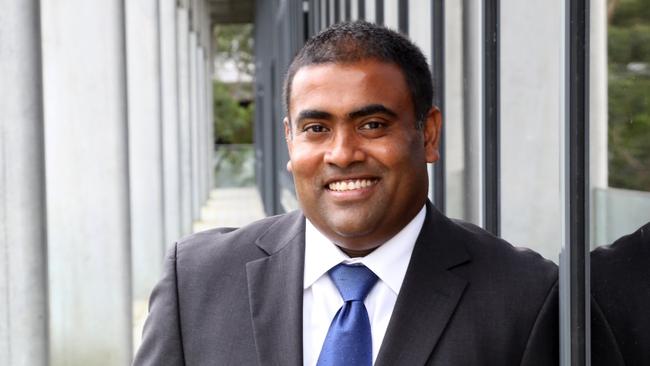The road map to business recovery

To understand precisely what measures businesses have put in place to manage this disruption, and gauge what the recovery trajectory may look like, we recently worked with emerging technology analyst firm Telsyte, to develop our 2020 Beyond Disruption Business Pulse study. Consisting of four ‘pulse checks’ over eight weeks, this report aimed to gain a real time understanding of Australian and New Zealand business leaders’ views on how they are adapting, innovating, investing and transforming in this challenging climate to survive, and prepare for growth.
Overall, the study revealed that Australian and New Zealand business leaders are optimistic, despite the disruptions of 2020, and they expect full recovery within three years. Only 6 per cent think a recovery will take longer than that. Of course, recovery will look different to everyone, but it’s certainly promising to see business leaders looking at how they are going to cross this bridge to the other side, and have a road map to get there.
Here are three key trends we’ve seen from Australian and New Zealand businesses leaders:
Cultural transformation
The drastic change in where we work has made business leaders rethink how we work. With more businesses enabling staff to work from home, we have also seen a growing sense of social responsibility, as the way business leaders have trusted and engaged with staff will result in greater employee dedication long beyond recovery.
To ensure employee wellbeing, more than 70 per cent of large organisations have launched mental health programs and personal development training to help build resilience. And perhaps the most telling statistic is that 67 per cent of businesses are focusing their digital transformation efforts on employees this year, a significant swing from 2019 when 61 per cent of transformation efforts were focused on customers.
Tech-led recovery
In recent years, I have spoken to many businesses that hadn’t yet recognised a need to transform, whether due to struggling to imagine a major disruption, or being unable to justify the investment and change required.
However, this year has become a phenomenal catalyst for transformation, with an overwhelming majority of business leaders (82 per cent) seeing technology as key to managing disruption and enabling business recovery. With most organisations (80 per cent) having “fast-tracked” their modernisation, many leaders have now seen first-hand just how quickly technology can deliver value, and so experienced a corresponding shift in mindset.
As a result, the silver lining we have seen from the current disruption is that 85 per cent of organisations now feel more open to new and emerging technologies, and 91 per cent view the establishment of technology platforms as important in capitalising on new innovations. This conclusively underlines the importance businesses are placing on technology moving forward, as it is now seen as a gateway to cost efficiency and new revenue streams.
Redefining skillsets
While it‘s clear no one has a crystal ball when it comes to what the future workforce will look like, we have observed a trend towards multidisciplinary roles, with almost three quarters (73 per cent) of businesses encouraging staff to build diverse skillsets as teams have had to adapt to new challenges.
With many businesses in Australia and New Zealand impacted by pre-existing skills shortages, particularly in emerging fields, it is encouraging to see a culture of hybrid roles and workforce upskilling emerge, as teams rally around the singular objective of business continuity
Leaders are banking on this combination of hybrid roles and the breaking down of organisational silos making teams more dynamic, with three in five expecting to see increased productivity in the future.
Putting the ‘new’ into normal
Many organisations have been surprised by their ability to adapt to new ways of working during the recent disruptions, and I’m proud to see Australian and New Zealand business leaders continuing to lead with optimism and positivity about the future.
As we determine what this ‘new normal’ means, we must appreciate the key word here is ‘new’. This is uncharted territory and while some changes may be short-lived, organisations must take forward some of these learnings into their recovery and beyond. It’s time to leave inefficient and siloed ways of operating behind and embrace a future of flexible working, multidisciplinary roles, data-driven decisions, and technology focused innovation.
Seelan Nayagam is Managing Director Asia Pacific, DXC Technology



The past year has delivered a seemingly endless spree of challenges impacting the entire global economy. During this period of turbulence and uncertainty, organisations across Australia and New Zealand have been forced to make fast and fundamental shifts to the way they operate. In addition to changes in workplace policies and processes, businesses have had to rethink investments and fast-track technology deployments to ensure business continuity.